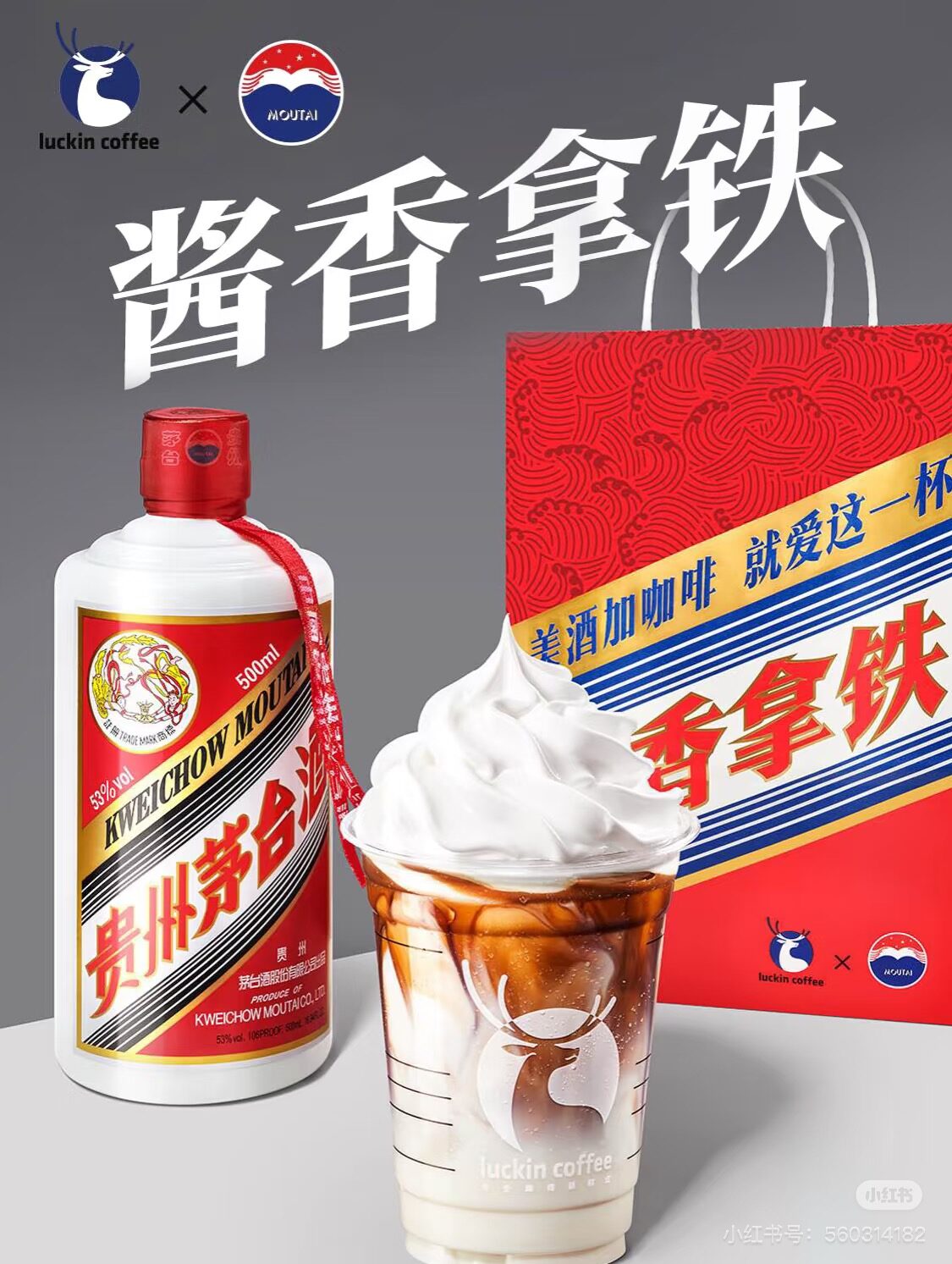
The boutique bar and atrium’s open-air area are surrounded by expansive Hang Luo cloth curtains. Customers are immersed in a breath-taking century-old cloth shop while they enjoy a premium selection of Starbucks Reserve coffee and appreciate the unique charm of Hang Luo’s intangible cultural heritage. Starbucks China has been rooted in Hangzhou for over 20 years, with a rich legacy of over 450 stores. The Hefang Street Hangzhou Intangible Cultural Heritage concept store is the latest example of its long-term commitment to deeply connecting with local culture, according to a media release issued by the Starbucks China Communications team.
The four other locations, each with its own unique artisanal theme, include Shanghai (embroidered cheongsam patterns), Beijing (hutong culture), Suzhou (art gallery set in a Suzhou-style garden pavilion) and Nanjing (rural women artisans). In addition, Starbucks launched a limited-edition intangible cultural heritage gift—a Bai ethnic group tie-dye keychain—to further explore the commercial value of intangible cultural heritage.
In March 2024, President Xi Jinping praised coffee produced in Yunnan province, describing it as a product that represented China. This strong political endorsement bolstered the domestic coffee movement even more and led to consumers increasingly seeking “single-origin Yunnan beans” over imports. Yunnan coffee is branded as a national treasure, further leveraging Guó Cháo values of homegrown quality and sustainability.

China’s coffee market is projected to expand at a robust Compound Annual Growth Rate (CAGR) of 8.7% between 2022 and 2027, significantly outpacing the global rate of around 2%. Compared to more established markets in Europe or the US, China’s coffee market is in its infancy, with lots of room to keep on growing. The coffee industry in China today has transformed from Western mimicry to a distinctively Chinese expression of taste and self-identity.
From slow-extraction herbal medicine brewing techniques to produce “stewed” coffee, to innovative TCM (traditional Chinese medicine) flavoured drinks using ingredients such as osmanthus, tangerine peel and low sugar alternatives such as monk fruit, Guó Cháo coffee is not just a novelty, it’s a cultural movement that has matured into a full-fledged growth strategy. Global chains and domestic players alike are utilising this strategy to differentiate themselves in an increasingly crowded market. From packaging suppliers to cultural institutions, this trend signals new and exciting opportunities to partner with an increasing number of brands that are collectively moving in this direction.






